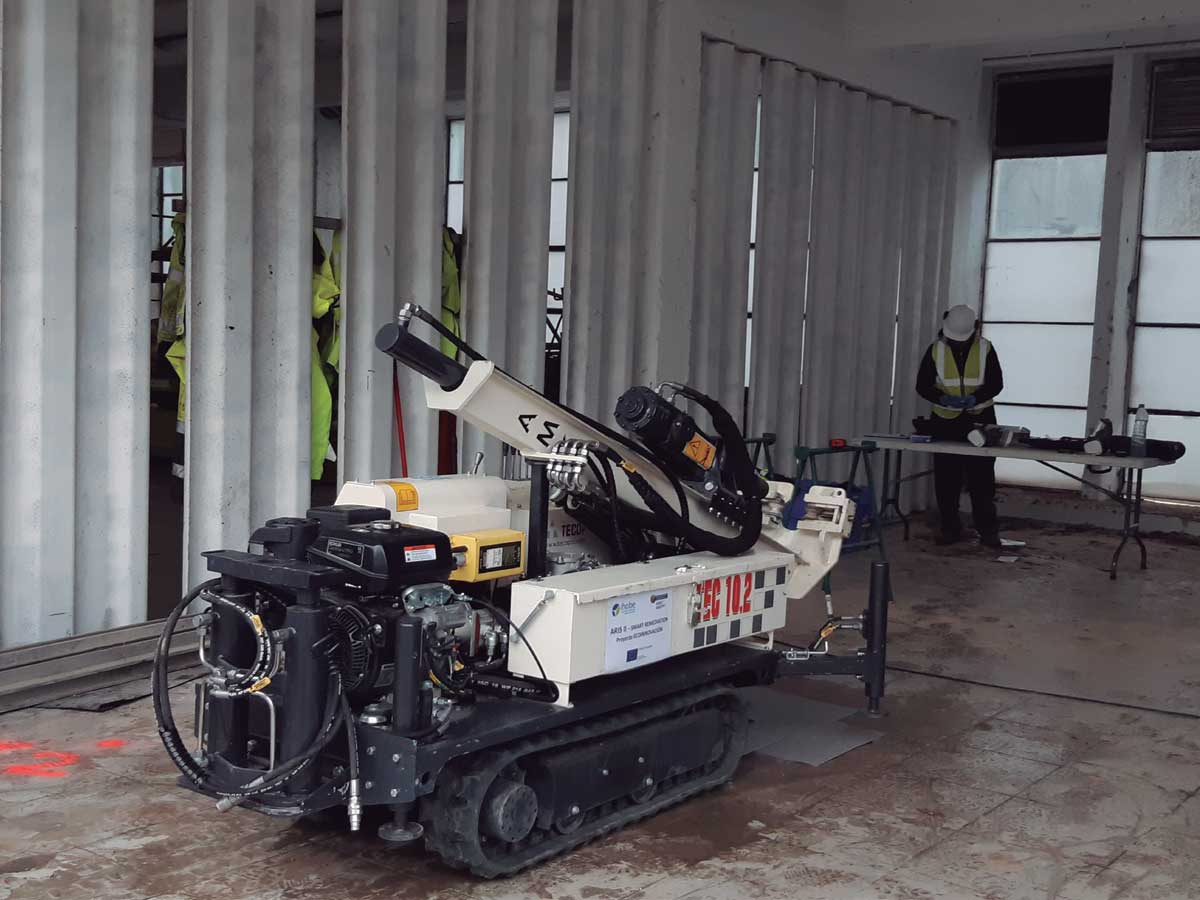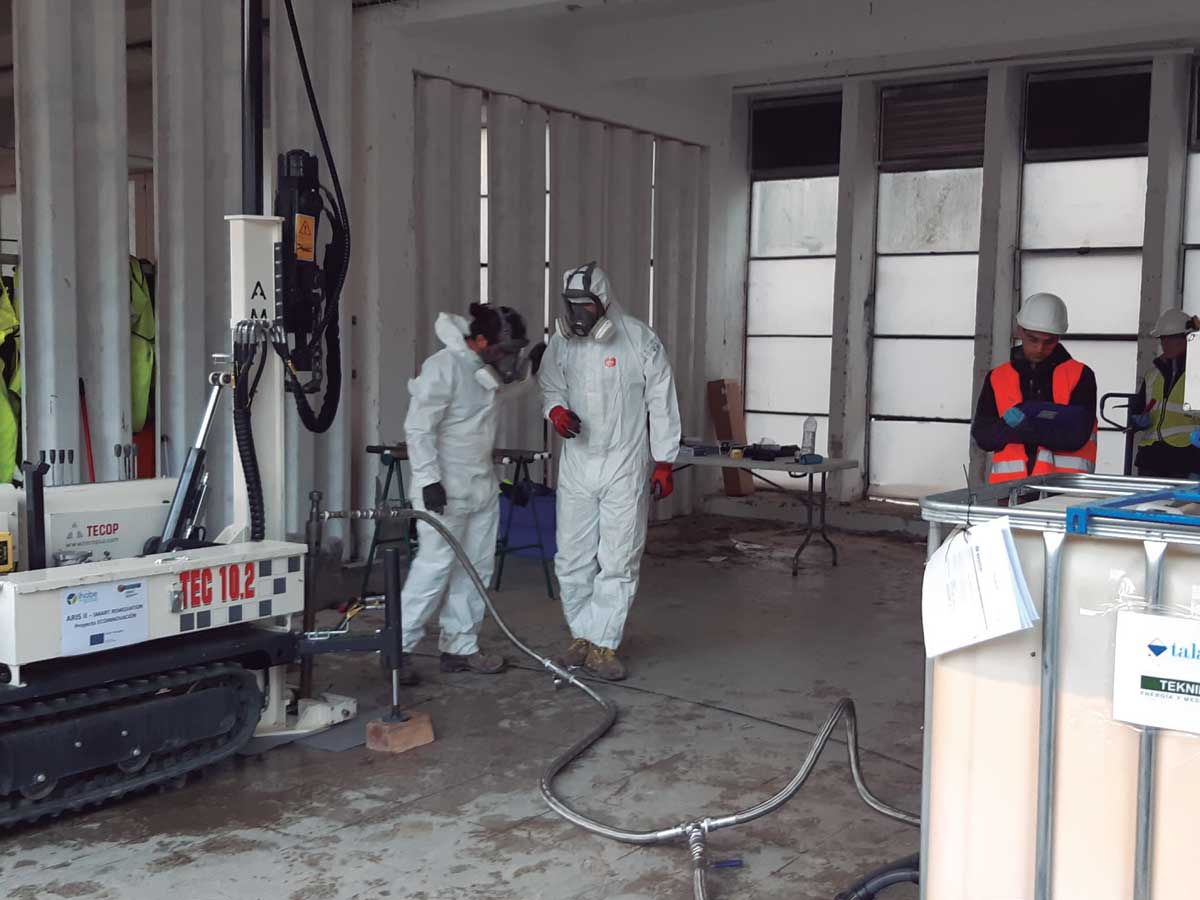ARIS II
SMART REMEDIATION OF CONTAMINATED SOILS
1.3% OF LAND IN THE BASQUE COUNTRY is occupied by potentially contaminated soils; and more than 350 of soils analysed have contaminated water and cannot be remediated by excavation. In terms of reuse, only 20% of potentially contaminated soils have been returned to the market, which means that the remaining 80% end up in landfill. In-situ remediation has been confirmed as the most efficient and sustainable method. ARIS II proposes introducing innovative technologies to the Basque Country to increase the capacities of companies in the environmental sector and provide exportable value to other territories.
TALANTIA, the company developing ARIS II, focuses its activity on protecting and improving the quality of the environment through implementing new technologies, especially in contaminated soil and groundwater management. TEKNIMAP has also collaborated in this project.

DRIVING FACTOR


 OBJECTIVES
OBJECTIVES
- Design and perform two pilot decontamination trials using in situ chemical oxidation (ISCO) and in situ chemical reduction (ISCR) techniques on groundwater and soil based on the results of the MIPHPT (Membrane Interface Probe Hydraulic Profiling Tool) campaign available in the ARIS I Project.
- Monitor the effectiveness of remediation work, applying the MIPHPT technology again.
 RESULTS
RESULTS
- This project is based on a field campaign that is currently under way, and therefore data on the method efficiency are not yet available.
- One of the major challenges identified was the final selection of subcontractors available with the means to implement the envisaged technology (reagent injection by “direct push”) at affordable costs.
- Selection of injection reagents/suppliers.
- As a provisional assessment we can conclude that trials are proceeding more slowly than expected, but within the expected margins for a first-time experience.
 CONCLUSIONS
CONCLUSIONS
- No final conclusions can yet be drawn from the trials, but interest has already been identified at national level in incorporating these technologies. In fact, the project has prompted investment in equipment from one of the project’s key subcontractors.
- A strong dependence on international companies for the supply of reagents under patent has been identified, although this is the norm in the industry. The selection of reagents is one of the keys to the project.
ENVIRONMENTAL
TECHNICAL
ECONOMIC
COMMERCIAL
ON THE MARKET


